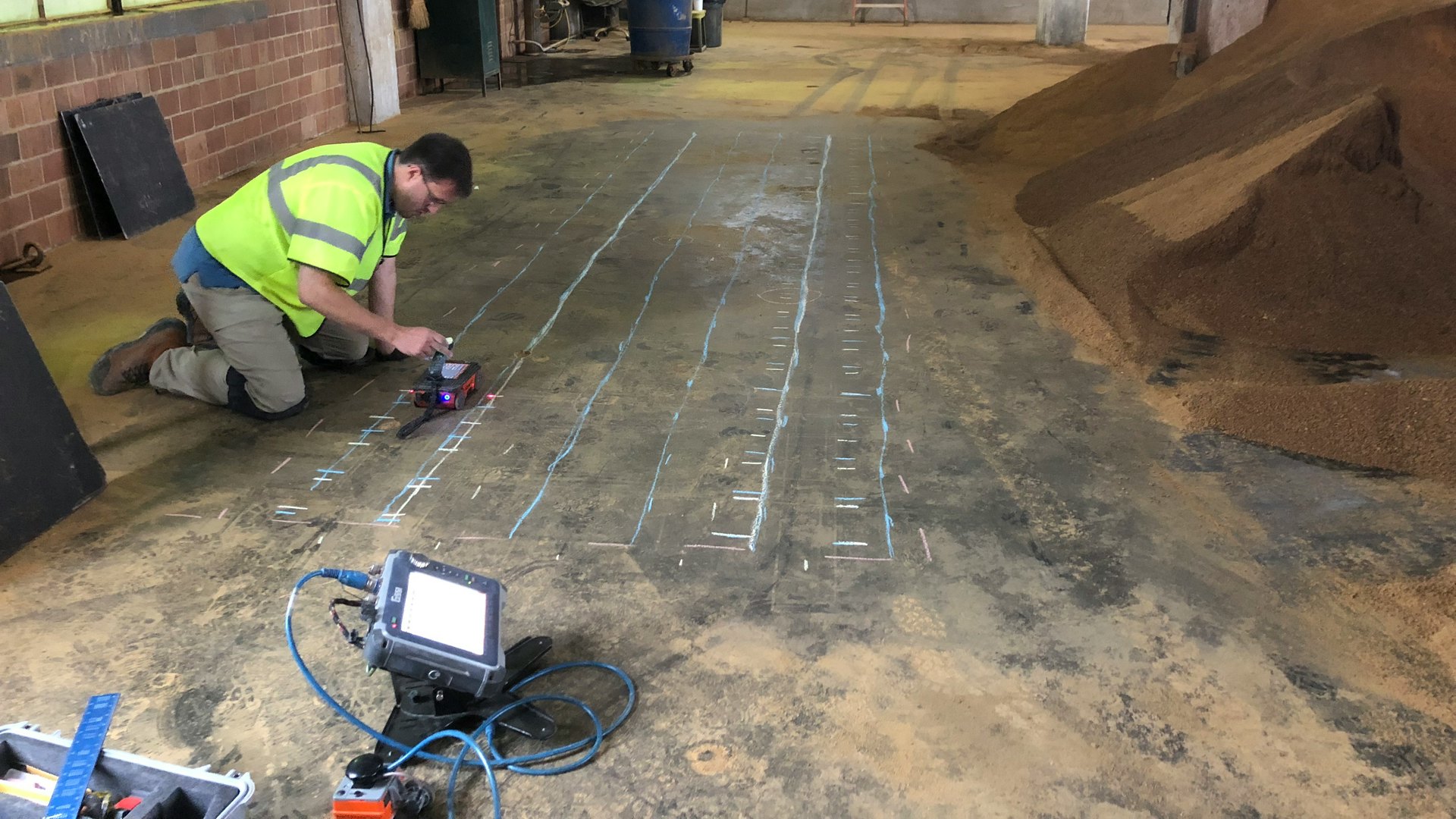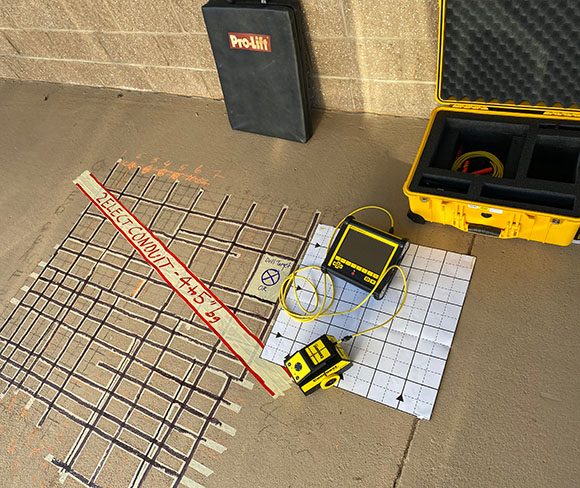Regional RainierGPR Service Areas for Precision Concrete Scanning
Regional RainierGPR Service Areas for Precision Concrete Scanning
Blog Article
Concrete Scanning: An Essential Step In The Direction Of Making Certain Structural Honesty and Safety
In the realm of building and facilities maintenance, the significance of concrete scanning can not be overemphasized. By using innovative technology and techniques, concrete scanning offers as a critical device in ensuring that the honesty and security of structures and bridges are maintained to the greatest criteria.
Value of Concrete Scanning
Concrete scanning plays a vital function in ensuring the architectural integrity and safety and security of buildings and facilities jobs. By making use of advanced innovations such as ground-penetrating radar (GPR) and electromagnetic induction, experts can non-destructively inspect concrete frameworks to spot possible problems, gaps, embedded items, and reinforcement design. This procedure enables very early detection of anomalies that can compromise the security of a framework, avoiding pricey damages and making sure the safety and security of owners.
Concrete scanning is especially crucial during the preparation and building stages of a task. Before drilling, reducing, or coring right into concrete, scanning helps determine the precise places of rebar, post-tension cables, and other embedded elements, minimizing the danger of accidental hits that might cause architectural weak points. In addition, concrete scanning help in top quality control by verifying the thickness of concrete covers and finding any type of inconsistencies that might influence the total toughness of the framework. Inevitably, buying concrete scanning solutions is not just an aggressive measure to mitigate risks however likewise an essential action in the direction of keeping the lasting safety and security of structures and framework.
Innovation for Concrete Assessment

Benefits of Early Detection
Prompt discovery of structural problems can considerably alleviate threats and make certain the longevity of building and construction jobs. By recognizing possible issues beforehand in the building process, stakeholders can take positive procedures to address problems prior to they escalate into bigger and more costly problems. Among the vital benefits of early dig this detection is the avoidance of architectural failures, which can position significant safety hazards and result in project delays and monetary losses.
In addition, early detection enables timely repair services and upkeep, which can help extend the life-span of the structure. By dealing with problems promptly, building and construction groups can avoid costly repairs or even the demand for early substitute of architectural elements. This proactive approach not only conserves money and time yet additionally enhances the total safety and sturdiness of the building job.
Additionally, very early discovery can boost project preparation and decision-making by giving stakeholders with useful insights right into the problem of the structure. Armed with this information, task managers can make educated options relating to building and construction techniques, products, and timelines, resulting in more efficient and effective job outcomes.
Ensuring Architectural Stability
Guaranteeing the structural security of a building job is paramount to its safety and long life. Architectural stability describes the capability of a building or infrastructure to preserve its form and feature under environmental problems and various lots. To attain this, comprehensive evaluation and surveillance of the framework are important. Concrete scanning plays an essential duty in making certain structural security by discovering possible issues such as gaps, delamination, or reinforcement rust that can compromise the integrity of the structure over time.
By utilizing advanced scanning technologies like ground-penetrating radar (GPR) and electro-magnetic induction, building experts can non-invasively examine concrete structures to moved here identify locations of worry underneath the surface. This proactive approach permits for the very early detection of weaknesses or problems, enabling punctual fixings or support to stop architectural failures.
Regular concrete scanning during various building and construction phases and throughout the life cycle of a structure can assist maintain its stability, alleviate risks, and make certain the safety and security of passengers. By prioritizing architectural stability through concrete scanning, construction tasks can improve their resilience and resilience, ultimately adding to greater safety and security and durability.

Preventing Essential Failures
To protect against catastrophic events, thorough surveillance and positive upkeep are imperative in avoiding crucial failures within architectural structures. Finding prospective concerns prior to they intensify is essential to avoiding architectural failings. Executing routine inspections, such as concrete scanning, can disclose surprise problems like voids, splits, or rust that could compromise the stability of a structure. By utilizing innovative scanning technologies like Ground Permeating Radar (GPR) or Concrete X-ray, designers can non-destructively examine the condition of concrete and recognize weak factors that require support or repair work - RainierGPR Service Areas.

Verdict
To conclude, concrete scanning plays a crucial duty in making sure structural integrity and safety and security by making use of advanced innovation for early detection of possible concerns. This positive method aids avoid crucial failures and ensures the stability of structures. It is important to focus on concrete examination as a standard method to safeguard the longevity and safety and security of buildings and facilities.
Concrete scanning plays a navigate to this site crucial function in ensuring the structural stability and safety and security of structures and infrastructure projects. In addition, concrete scanning help in quality control by verifying the density of concrete covers and detecting any kind of disparities that may impact the general resilience of the structure. Concrete scanning plays an essential function in guaranteeing architectural security by detecting potential problems such as voids, delamination, or reinforcement corrosion that might jeopardize the stability of the structure over time.

In final thought, concrete scanning plays a crucial function in making sure structural honesty and safety and security by utilizing sophisticated technology for early discovery of prospective problems.
Report this page